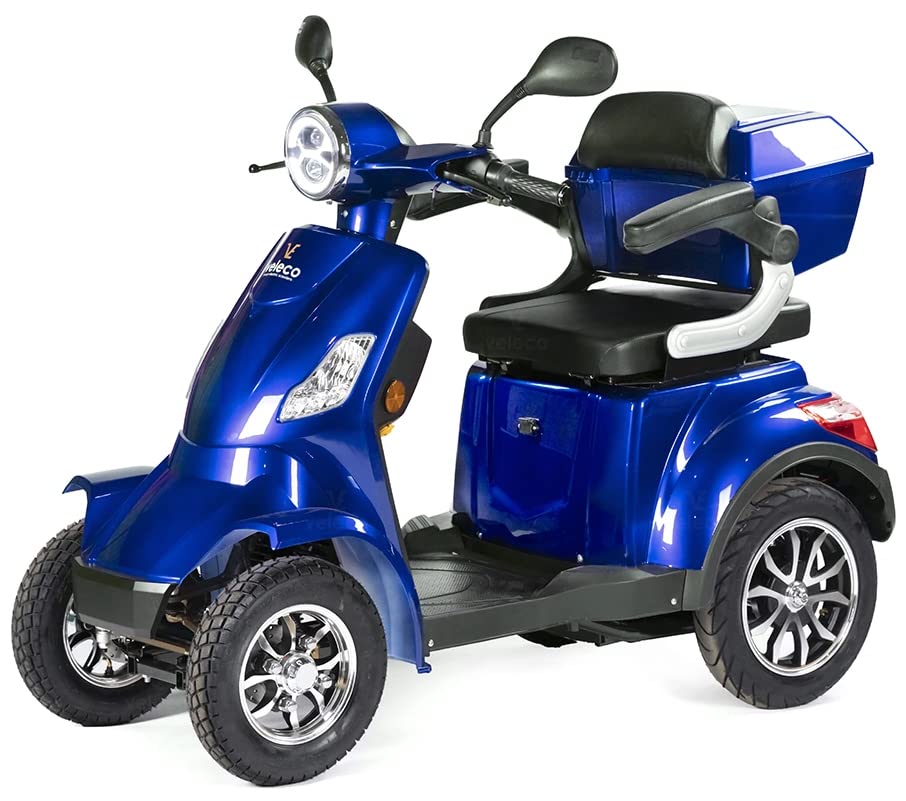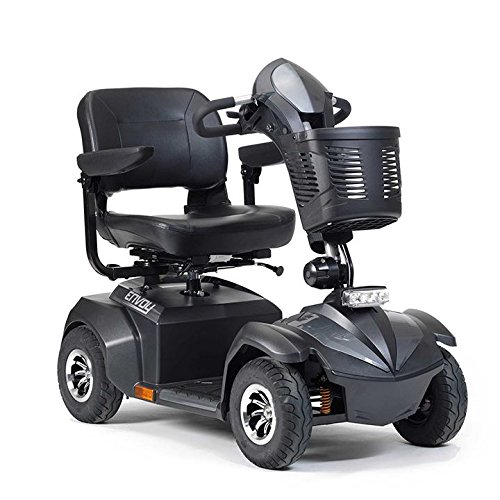Stove Fireplace Strategies That Will Change Your Life
2024.07.25 15:50
 Stove Fireplaces - How to Choose, Install and Maintain a Stove Fireplace
Stove Fireplaces - How to Choose, Install and Maintain a Stove Fireplace A fireplace on the stove can be a great way for you to warm up your home. To light a fire, crumple up newspapers and place them in the grate of the stove. Place a pile of wood on top, and keep the vents of your stove open to increase the heat.
A fireplace on the stove can be a great way for you to warm up your home. To light a fire, crumple up newspapers and place them in the grate of the stove. Place a pile of wood on top, and keep the vents of your stove open to increase the heat.Make sure to use kiln dried or seasoned wood to avoid creosote accumulations in the chimney. Do not open the damper when the stove is hot because this can allow heat to escape and release poisons into the room.
How do you select a wood-burning stove?
A fireplace stove is a fantastic way to add personality and comfort to a room. It's crucial to choose the right stove for the task. There are a variety of aspects to consider, such as size, type and installation. There are other important safety considerations that should be taken into account when selecting the stove.
The first thing you need to do is decide whether you'd like to install an insert or an independent stove. An insert is typically placed inside of a existing fireplace while freestanding wood burning stoves can be put in any place within a building. Freestanding stoves offer more versatility than inserts, including the ability to cook and better radiant heat. They can be used to heat water and are an excellent option in power outages. Modern freestanding wood stoves can be seen in the riff of American Shaker stoves by designer Antonio Citterio and the suspended bulbous stove by Danish brand Wittus which is featured on the famous architect Bjarke's Copenhagen houseboat.
When choosing a stove, you must be aware of the size of the room you're looking to heat. Small stoves are perfect for heating one room or a small cabins, while larger wood stoves are suitable for larger homes. Larger wood stoves are typically better suited to grander properties and those with difficult draft problems.
After you have decided the size of space that you want to heat with your stove, it's time to choose a stove. It is also important to keep in mind that an appliance that is too big for 913875 the space may overheat and Www.913875.Xyz produce excessive heat. This results in poor energy utilisation and increased costs for fuel. Utilizing a stove calculator as well as getting advice on sizing from experts can help to prevent this issue.
It is also crucial to select a stove that has the minimum requirements of emissions regulation. All stoves sold in the UK must be in compliance with the standards that are set by Ecodesign that ensures higher efficiency and lower emissions than older models. When selecting the latest stove be sure to look for the "ClearSkies" label.
Installation
Installing a stove fireplace is a difficult task that requires specific knowledge. It is essential to employ a qualified installer who will make sure that the wood stove is set up correctly and that it meets local building codes. In addition to putting in the stove, your installer will also need to install a flue liner, and make sure that the chimney is correctly sized. The flue liner and chimney must be made of materials that can withstand high temperatures caused by combustion and are suitable for use with a stove.
Make sure you choose the ideal location for your stove before you begin the installation. It is best to place it on the first floor of your home where you spend most of your time. It is also important to choose a place that is free of any combustible surface. This includes floors, furniture and walls constructed of plaster, drywall, or paneling. Follow the manufacturer's directions to determine the distance between combustible surfaces and the stove. If your stove is not listed, you should follow the National Fire Protection Association recommendations regarding clearances.
You should choose a non-combustible pad for your flooring beneath the stove. The hearth pad should be at a minimum 225mm wide by 250mm deep. It should be made of non-combustible bricks or tiles. The pad will transfer heat from the stove to the floor, which is why it's important that it's designed to disperse heat. The pad will wear down and will need to be replaced.
It is also important to make sure that you have enough space to store the wood to be used as fuel for your stove. The ideal is for the wood to be cut and dried prior to when it is put into your stove. This will reduce maintenance and reduce the amount of tar that builds up in the flue.
It is possible to install a stove inside an existing fireplace without chimney. Check the site or the office of your local council to determine if this is a feasible alternative for your home. If you do not have chimney, you could install a direct stove by using a flue pipe with insulation to act as a chimney substitute. You must ensure that the installation is in compliance with all local and HETAS requirements before using the stove.
Safety
Nothing says cozy wintertime ambience like a fire in the hearth. It's easy to enjoy the roar of the flames as well as the crackling of the logs, but it is important to use caution when using the fireplace to avoid dangers from fire. Essential fire security measures include smoke detectors as well as carbon monoxide alarms within the home as well as a family escape plan that everyone is aware of and follows. Other fire-related safety steps include keeping children away from the fireplace and wood stove, preventing children or pets from stepping to the flames, as well as keeping the chimney clean of creosote that is flammable.
No matter if your stove is gas, pellet or wood burning it is recommended to have the chimney cleaned and inspected by a professional every year prior to use. A clean chimney is the best way to prevent chimney fires as well as other safety hazards, such as carbon monoxide poisoning. You should also clean the flue and damper regularly, as well as storing woodstove ashes in a container made of metal which is kept out of the house.
It is also recommended to open the flue vents whenever you are using a pellet stove or gas to control airflow and minimize smoke. The EPA recommends that chimneys be vented to the outside at least three feet higher than any combustible area and the top of the chimney should be lined with a chimney liner.
Always ensure that the fire has been put out completely before leaving or going home. You should also keep a class A extinguisher near you and clean it of any debris to make it easier to reach in an emergency.
It is also important to ensure that the stove is properly installed in order to ensure it has adequate clearance from the combustible surface and is placed correctly in the room. Never connect your wood stove to a chimney used by another appliance like a furnace or water heater as this could cause deadly carbon monoxide to leak into your home.
It is also important to choose the right kind of wood. You should never burn rotten or wet logs, pressure-treated or painted lumber or even scrap wood. The release of harmful chemicals into the air you breathe which could irritate your respiratory tract and cause respiratory issues for family members suffering from asthma or other respiratory ailments.
Maintenance
Installing, purchasing and using a stove fireplace is a great way to cut down on heating costs and keep your home warm. To prevent any dangers or damage, it is important to follow the proper maintenance procedures. This includes scheduling annual chimney sweepings and inspections, making sure the area around the wood stove is clear of any flammable or debris materials, placing smoke detectors in your home, and keeping an accessible fire extinguisher in an accessible location, and regular cleaning of the wood-burning stove and the chimney leading to it.
Wood stoves require less maintenance than fireplaces made of masonry, but they require regular maintenance in order to function safely and efficiently. Wood stoves, although the exact procedure for cleaning will differ based on the model, will require regular cleaning of creosote accumulation inside the chimney and flue. In addition, it is essential to keep the firebox clean of any flammable materials and ensure that the baffle plates, riddling grate and bottom burn plate are in good condition. Examine the gaskets on the glass door to determine if they show signs of wear and tear. This can allow cold air into your home, and reduce the effectiveness of the heater.
Stove fireplaces that aren't maintained properly can result in the fire breaking out of the firebox and enters the home, which can pose a serious risk for fire damage that could lead to injuries or even death. To avoid this issue, it is crucial that homeowners follow the instructions that are provided by the manufacturer of the stove. This will ensure that all of the combustion byproducts are eliminated from the home and the wood burner is being operated at the correct heat level for efficient operation.
When a fire in the stove is done, it is crucial to wait for it to cool completely before emptying the ash pan. Ashes can still contain embers even after the fire has been extinguished. The improper disposal of ashes is a leading cause of fires in wood stoves. It is suggested that homeowners dispose of ashes in a steel container.
